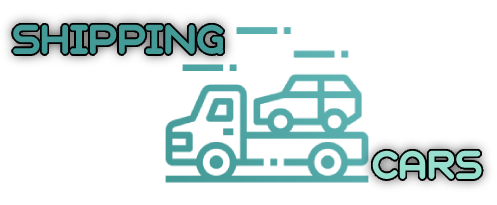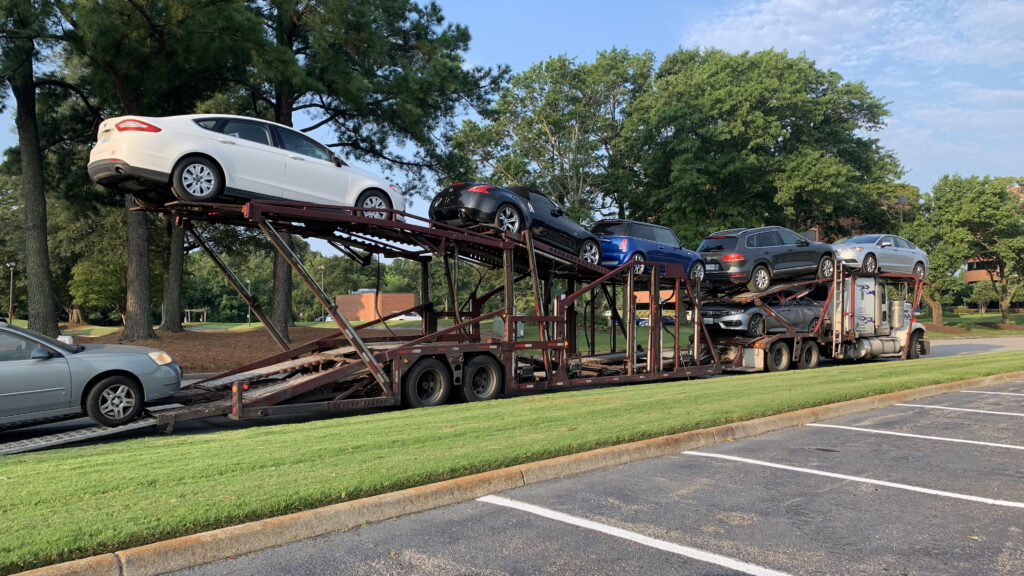Importing a vehicle into Canada can be a complex process, but understanding the regulations and requirements can make the journey smoother. Whether you’re relocating, purchasing a vehicle from abroad, or bringing a cherished classic car back home, it’s crucial to familiarize yourself with the importing regulations for Canadian residents.
In this guide, we’ll walk you through the key steps and considerations to ensure your vehicle importation complies with Canadian laws and regulations.
-
Determine Vehicle Eligibility
Before initiating the import process, it’s essential to determine if your vehicle is eligible for import into Canada. The Canada Border Services Agency (CBSA) and Transport Canada have specific criteria that vehicles must meet to be admissible.
Compliance with Canadian Standards: Vehicles must conform to the Canada Motor Vehicle Safety Standards (CMVSS). This includes meeting safety, bumper, and theft prevention standards.
Registrar of Imported Vehicles (RIV) Program: For vehicles less than 15 years old, you must register with the RIV program. This program ensures that vehicles are modified, inspected, and certified to meet Canadian safety standards.
Age Exemptions: Vehicles that are 15 years or older (excluding buses) are generally exempt from the RIV program. However, they must still meet other import requirements.
Non-Regulated Vehicles: Certain vehicles, such as those for off-road use or competition vehicles, may not need to comply with CMVSS but must still meet other importation requirements.
-
Gather Required Documentation
Proper documentation is crucial for a successful import. Ensure you have the following documents ready:
Proof of Ownership: This can include the vehicle’s title, bill of sale, or other legal documents proving ownership.
Recall Clearance Letter: A letter from the manufacturer stating that there are no outstanding recalls on the vehicle.
Proof of Compliance: For vehicles less than 15 years old, evidence that the vehicle complies with CMVSS or has been modified to do so.
Import Form: Complete the necessary import forms as required by the CBSA and Transport Canada.
Payment Receipts: Keep receipts for any fees paid, such as the RIV registration fee.
-
Understand Duties and Taxes
When importing a vehicle into Canada, you may be subject to various duties and taxes:
Goods and Services Tax (GST): A federal tax applied to most goods and services in Canada.
Provincial Sales Tax (PST): Depending on your province, you may be required to pay PST.
Import Duties: These are calculated based on the vehicle’s value, origin, and other factors.
RIV Fee: A fee for registering your vehicle with the RIV program, if applicable.
It’s advisable to consult with the CBSA or a customs broker to understand the specific duties and taxes applicable to your vehicle importation.
-
Vehicle Modifications and Inspections
To ensure your vehicle meets Canadian standards, modifications may be necessary:
Safety Modifications: This can include the installation of daytime running lights, seatbelt anchorage systems, and other safety features.
Emission Standards: Vehicles must meet Canadian emission standards. This may require modifications to the exhaust system or other components.
Inspection: After making the necessary modifications, your vehicle must pass a federal inspection through the RIV program. This inspection ensures that the vehicle complies with Canadian safety and environmental standards.
-
Temporary Importation
If you’re a Canadian resident temporarily importing a vehicle, specific regulations apply:
Duration: The vehicle can be temporarily imported for up to 12 months without the need to comply with CMVSS, provided it’s for personal use and not for resale.
Documentation: You must present proof of ownership and intent to export the vehicle within the allowed timeframe.
Extensions: In exceptional circumstances, you may apply for an extension to the temporary importation period.
For detailed information on temporary importation, refer to Transport Canada’s guidelines on temporarily importing vehicles.
-
Provincial Registration and Licensing
After your vehicle has cleared customs and passed the necessary inspections, you must register it in your province or territory:
Safety Standards Certificate: Depending on your province, you may need to obtain a safety standards certificate before registering your vehicle.
Emission Testing: Some provinces require emission testing as part of the registration process.
License Plates: Once registered, you’ll receive license plates and can legally operate your vehicle on Canadian roads.
-
Seek Professional Assistance
Navigating the complexities of vehicle importation can be challenging. Consider seeking assistance from professionals:
Customs Brokers: They can help you understand and comply with import regulations, ensuring a smooth process.
RIV-Authorized Inspectors: These professionals can conduct the necessary inspections and certify that your vehicle meets Canadian standards.
Legal Advisors: If you’re unsure about any legal aspects of the importation process, consulting with a legal advisor can provide clarity.
Conclusion
Importing a vehicle into Canada as a resident involves understanding and complying with various regulations set by the CBSA and Transport Canada. By ensuring your vehicle meets Canadian standards, gathering the necessary documentation, and seeking professional assistance when needed, you can navigate the importation process with confidence.
For more detailed information and resources, visit Transport Canada’s official website on importing vehicles.

